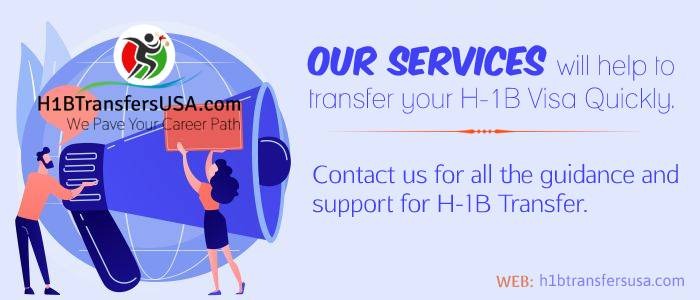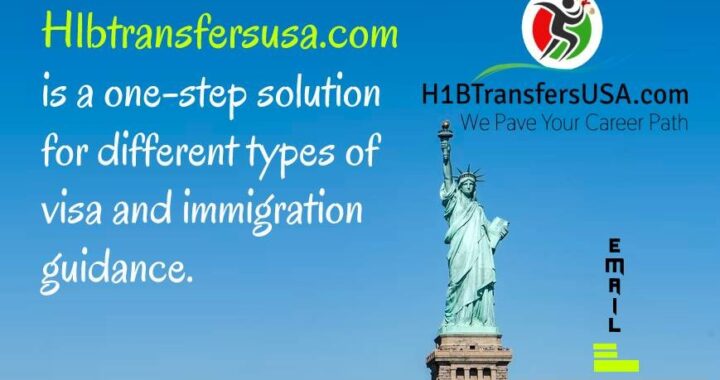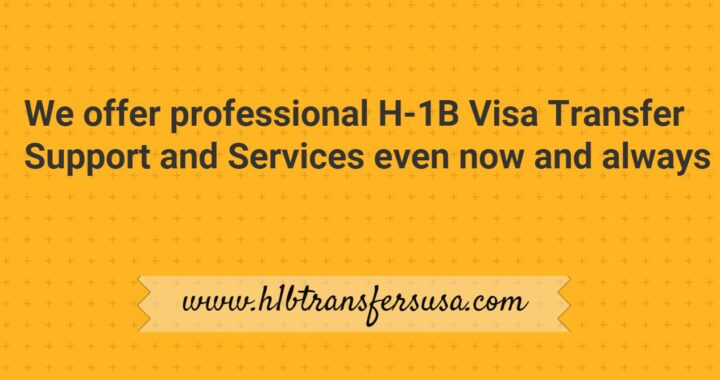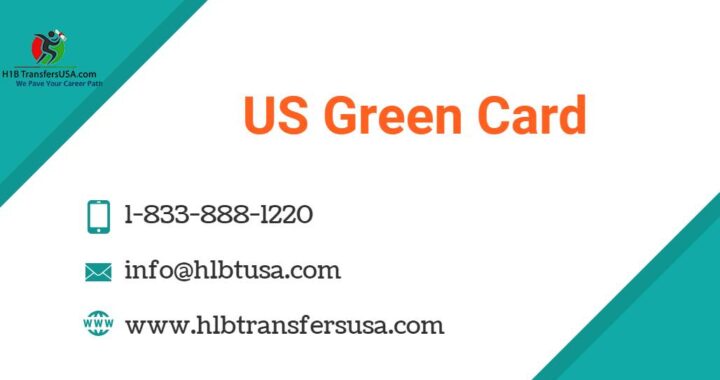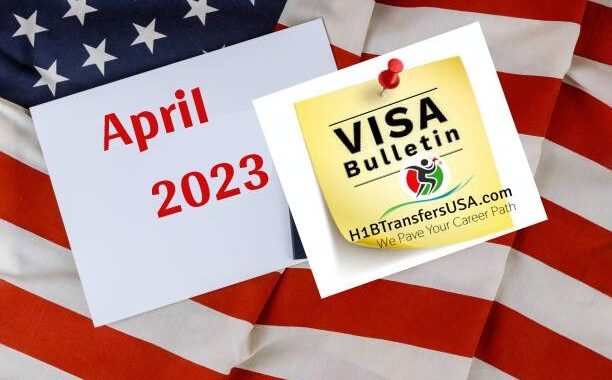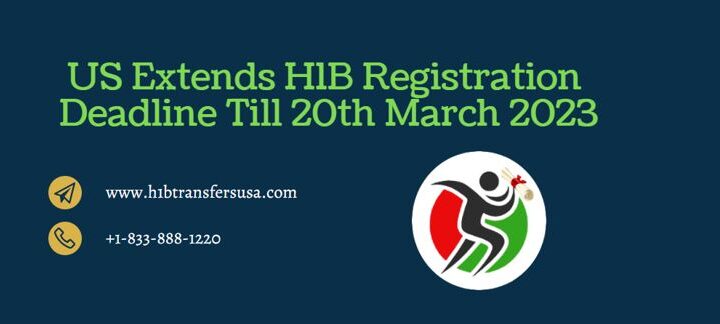H-1B Visa Denials Mount Up in the year 2020 for Many Companies
3 min read
In the recent analysis, NFAP (National Foundation for American Policy) has released H-1B visa denials rates for H1B initial and continued employment for the second quarter in FY 2020. This analysis is based on the USCIS data from ‘H-1B Employer Data Hub’.
According to Trump’s plan of tightening restrictions on immigration, USCIS keeps on denying H1B visas at high rates. These refusals even include high-skilled foreign nationals supported by the best organizations in the world. This report extends that denial rates for various companies are significantly higher when compared to the years before Trump’s government.
H1B Visa Denial Rate for (New) Initial Employment
| Year | H-1B Visa Denials Rate |
| FY 2020 | 29% |
| FY 2019 | 21% |
| FY 2018 | 24% |
| FY 2017 | 13% |
| FY 2016 | 10% |
| FY 2015 | 6% |
| FY 2014 | 8% |
| FY 2013 | 7% |
| FY 2012 | 5% |
| FY 2011 | 7% |
| FY 2010 | 8% |
| FY 2009 | 15% |
Some of the findings from NFAP Analysis
This fiscal year 20 to 25 topmost companies had faced H1B Visa denial rates for new employment. At least 10% points higher in FY 2020 (in the second quarter)
<<Immigration Alert September 2020>>
Initial Employment Denial Rates for H-1B Petitions: FY 2015 vs. FY 2020
| Employer | FY 2020 Denial Rate Initial Employment | FY 2015 Denial Rate Initial Employment | Change in Denial Rate in % from FY 2015 to FY 2020 |
| Amazon | 15% | 1% | +14 |
| 15% | 1% | +14 | |
| TCS | 15% | 6% | +9 |
| Microsoft | 12% | 1% | +11 |
| Deloitte | 41% | 18% | +23 |
| Cognizant | 52% | 8% | +44 |
| 7% | 0% | +7 | |
| IBM | 19% | 3% | +16 |
| Apple | 9% | 2% | +7 |
| Intel | 9% | 1% | +8 |
| Tech Mahindra | 32% | 4% | +28 |
| Capgemini | 33% | 5% | +28 |
| Larsen & Toubro | 27% | 2% | +25 |
| Infosys | 59% | 2% | +57 |
| Cisco | 13% | 1% | +12 |
| Accenture | 31% | 4% | +27 |
| Wipro | 39% | 7% | +32 |
| Oracle | 19% | 1% | +18 |
- The highest refusal rates keep on being for organizations that give information technology or different business administrations to American organizations. The information indicates USCIS has built up an alternate norm for choosing cases for organizations that give information technology (IT) services. Immigration law doesn’t have an alternate norm for adjudications based on the type of firm or the location work that will be performed.
- The H-1B visa denials rate for new (initial) employment during the second quarter of FY 2020 when compared to FY 2015 was raised by 20% points or more for 10 major organizations that give IT services or different business consulting services.
- The initial employment denial rate for H-1B petitions was generally between in the range of 1% and 5% in FY 2015 for the top employers of H-1B experts, compared to denial rates that generally ran from 15% to as high as 59% through the initial two quarters of FY 2020.
- In FY 2015 and 2016 top 25 companies had denial rates of 2% or lower for initial employment H1B petitions.
What can be Expected in the Third & Fourth Quarters?
USCIS has released H-1B information for the 3rd quarter of FY 2020. However, as we know USCIS discharges combined data of both the initial and continued employment, a Deeper understanding of the data is required to comprehend the refusal rate for H-1B initial employment.
As proceeding with employment frequently has lower refusal rates than initial employment, USCIS utilizes combined data to project a reduced denial rate for the H-1B visas. On the off chance that we consider the fourth quarter of FY 2020, there may be a lower refusal rate than the past quarter because of the effect of the USCIS settlement with the business group ITServe Alliance. As we aware, USCIS published a new policy memo in June 2020 and withdrew a February 2018 notice on “Contracts and Itineraries Requirements for H-1B Petitions Involving Third-Party Worksites.”

